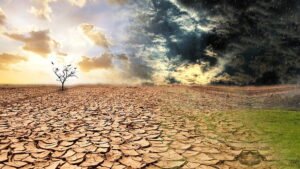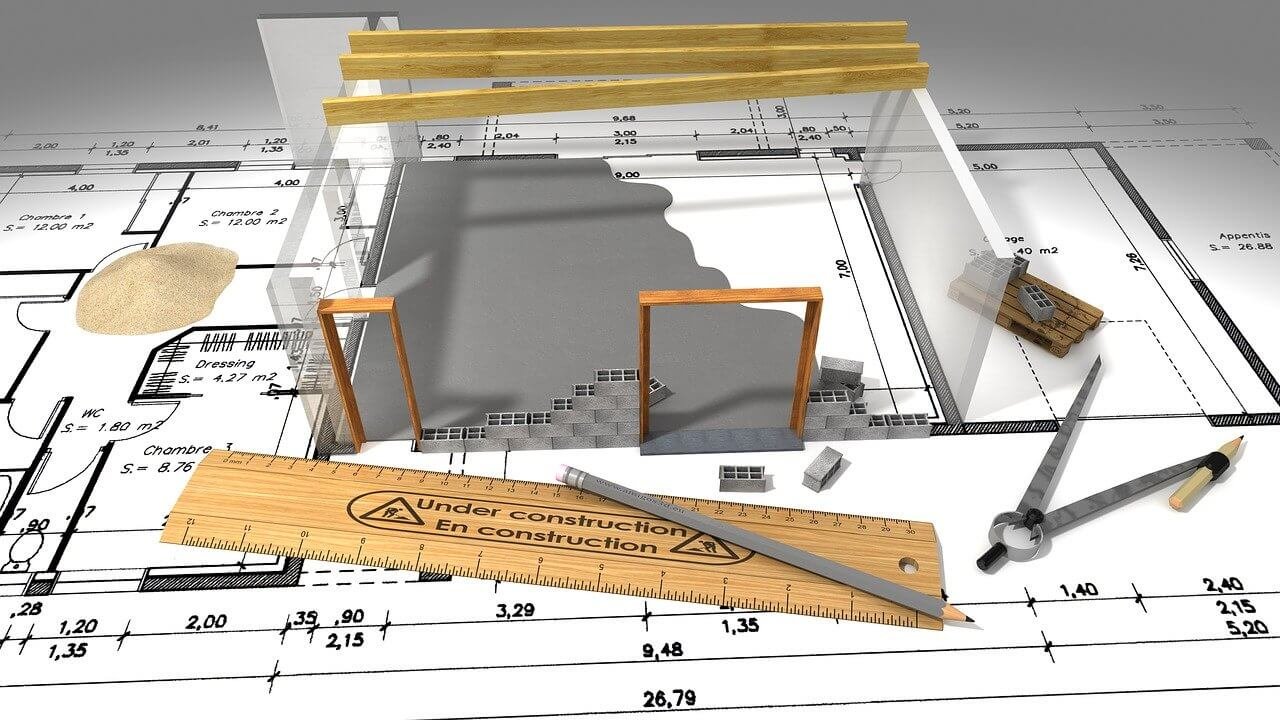Climate observations in recent decades indicate that the effects of the change are having an increasing impact on architecture. Perhaps for the first time in human history, mankind has a good idea of how the climate may change in the future. And climate change is expected to increase the frequency and severity of extreme weather and climate events. The impacts of extreme climatic events depend on the human and natural context in which they occur.
Buildings, roads, and structures must be designed for future climatic conditions like heavy downpours, wetter winters, and year-long extreme summers. A milder climate reduces the durability of building materials and affects the indoor climate of buildings. For example, warmer summers will require a need for cooling the interiors and heavy downpours will make it even more important to direct the rainwater away from houses and paved areas.

It is true that climate change will impact on many aspects of building performance and its sustainability. For each climate variable, relevant aspects of buildings’ performance should be examined to determine the cause of the impact. Adaptation strategies shall be developed for every climate condition with different responses appropriate for each impact.
Adapting buildings to Climate change:
Buildings are vulnerable to climate change when the materials and strategies used are not sustaining, resulting in a risk of collapse, declining health. Other increased risks are snow damages, water encroachments, deteriorating indoor climates and reduced building lifetime. Storms constitute safety risks to buildings that do not meet the building code’s safety requirements.
With respect to strengthening existing buildings, adaptation will be limited if the owners are not familiar with weaknesses in the bearing elements of their buildings. Adaptation will only occur in new constructions if standards are enhanced and the buildings are efficient enough to sustain the changes. There are many ways in which we can plan to adapt and many of these strategies make sense for other reasons like operating costs, reduced emissions, and greater durabilities.
- Design for cooling measures into buildings: Using building’s limit to solar gain on east and west facades, limit the area of east-west facing glazing – incorporating exterior shading devices above glazing. Incorporating high insulation levels to reduce conductive heat gain and providing optimizes daylighting to minimizing the use of electric lighting.
- Natural ventilation into buildings: Buildings can be designed to rely entirely on natural ventilation. In higher-humidity climates, natural ventilation may be more practical as a backup cooling strategy.
- Landscaping to minimize cooling requirements: Trees, vines, green roofs can help in controlling heat gain and minimizing cooling demands on a building. Involving landscape also helps in channelizing cool breezes into buildings to enhance natural ventilation.
- Urban heat islands: Urban heat islands increases cooling requirement and produce localized smog. Specific measures to reduce the urban heat islands include tree planting, installation of green roofs, roofing with reflective membranes or coatings, etc.
- Avoiding new development in driest regions: In response to the water shortages and drought is to restrict new developments in areas that are most likely affected.
- Designing buildings for Graywater separation: It makes sense to plumb wastewater lines to simplify the installation of gray water systems in the future.
- Harvesting rainwater: One of the most important mitigation techniques. Rainwater can be collected and stored for outdoor irrigation, toilet flushing, and proper filtration and treatment. By addressing the rainwater harvesting during design, it may be possible to locate cisterns on buildings that can be critically important during power outages or emergency situations.
- Planting native and appropriate trees: Conventional turd requires 1m of rainfall per year, distributed evenly over the growing season. When drought emergencies are imposed, such vegetation often is unable to survive without irrigation.
- Avoiding buildings in flood zones: Flood zones keep expanding faster than zoning. Instead of designing for a 100-year flood line, design for a 500-year flood.
- Specify materials that survive harshest climates: Flooding or hurricane damages are likely to occur, use materials that can get wet and dry out with minimal damage.
Most of these strategies for adapting buildings to climate change impact are relatively simple and doable. Incorporating these into design while building new buildings will prepare the structures for the future with minimal damage. The adaptive measures addressed here give us hope to act upon today for the future.
To know more about Architecture Technology, Stay Tuned.



